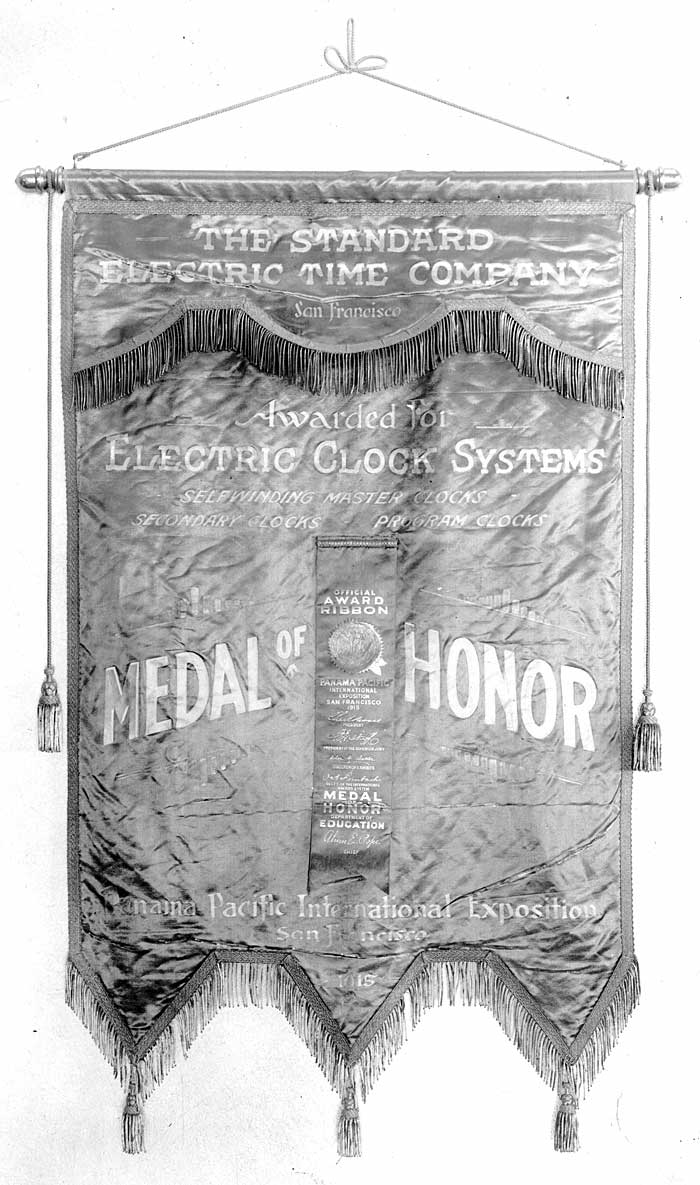

The Standard Electric Time Company of Springfield, Massachusetts, made electric time systems for public buildings, private industry, schools and other institutions. The systems consist of a master clock, and secondary (or slave) clocks located in any number of rooms. The slave clocks are electrically controlled by the master clock.
Our initial aim in this effort is to present a comprehensive exhibit of collectible “Standard” clock products, representing a cross-section of the company's earlier production. This is important to the present day collector, because “Standard” was practically a custom shop, manufacturing systems tailor-made to the many types and sizes of buildings into which they were placed. As a result, only an extensive collection of photographs can begin to hint at the tremendous variety of clocks and related equipment still “out there”. For example, while production of pendulum-type master clocks numbered in the thousands, a great many of which have survived to the present day, it is virtually impossible to find two identical examples. And in the case of secondary, or “slave” clocks, there were made, in addition to the regular catalog-listed offerings, many that were one-of-a-kind, or which saw extremely limited production.
Our special thanks go to photographers Ken Clapp, Dave Rooney and Dick Trepp for shots taken of extant clocks around the New England area, to the several collectors who have sent in photos of their favorite treasures, and to Dave Rooney for his assistance in researching the history and products of The Standard Electric Time Company.
Jeffrey R. Wood

~ ~ ~ ~ ~ ~ ~ ~ ~ ~ ~ ~
Jeffrey R. Wood, creator of the Standard Electric Time Co. (SETCO) pages of clockhistory.com, passed away in August of 2018. I will maintain the SETCO web pages in honor of Jeff, but will not be making any additions or changes, or answering any questions. It is hard to express how much I miss Jeff, his friendship, and his wonderful contributions to Standard Electric and Westclox research.
Bill Stoddard